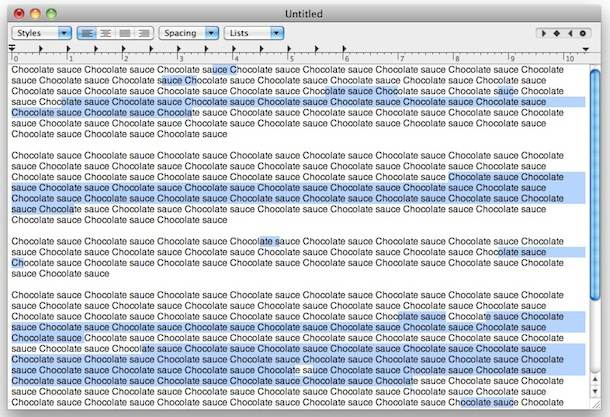

This means that you don’t end up with a menu full of activated fonts that you don’t need when you’re experimenting with a layout.

Typeface makes this possible.Secondly, and this is big, is the ability to apply fonts without activating them, simply by drag and dropping the font into your layout. I store my fonts on a cloud folder so they’re all accessible from whichever computer I’m using. Typeface doesn’t take your fonts and create its own database - it leaves your folders alone and just links to them. Two aspects of Typeface that strongly appealed to me are its non-intrusive way of handling your fonts, meaning that you can organise and structure your fonts folder however you wish - I do mine by style and by client/project. Best in class As part of my switch to M1, I decided to rethink my approach to font management.


 0 kommentar(er)
0 kommentar(er)
